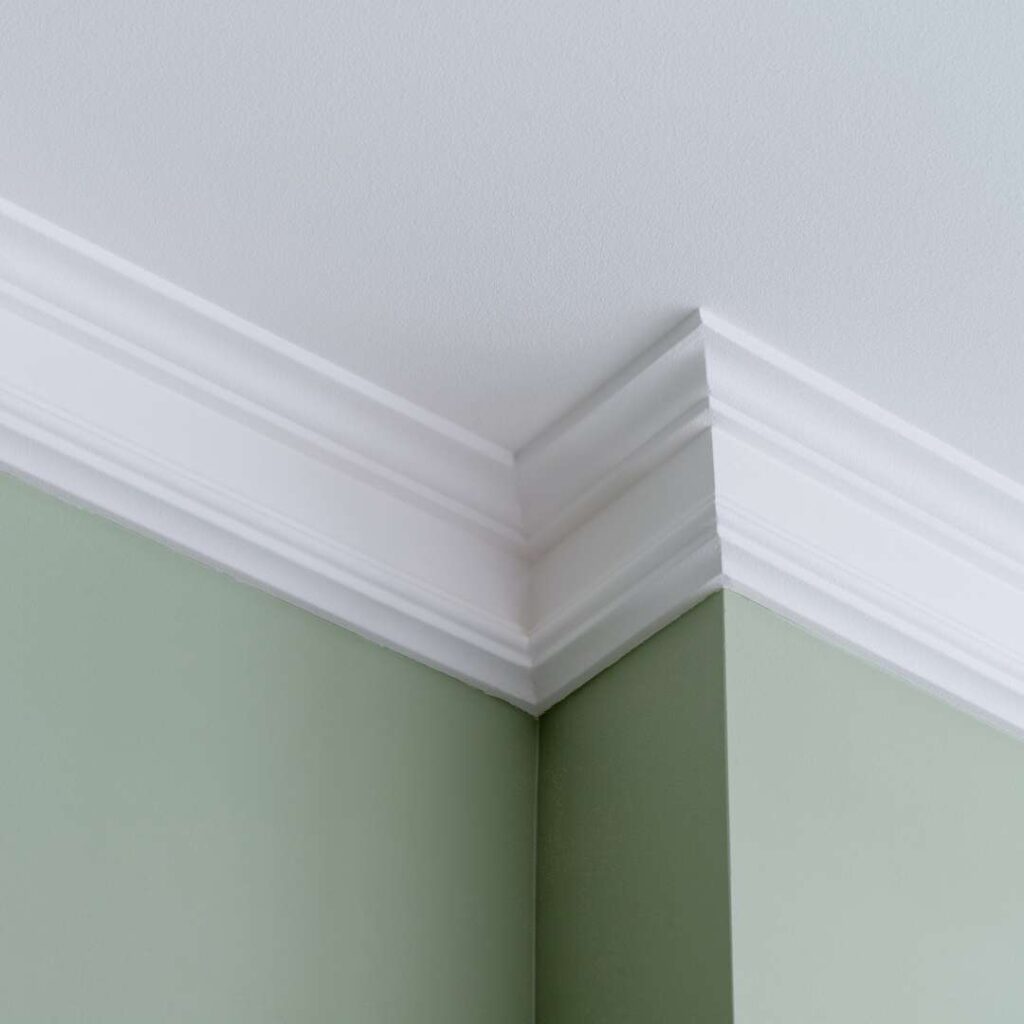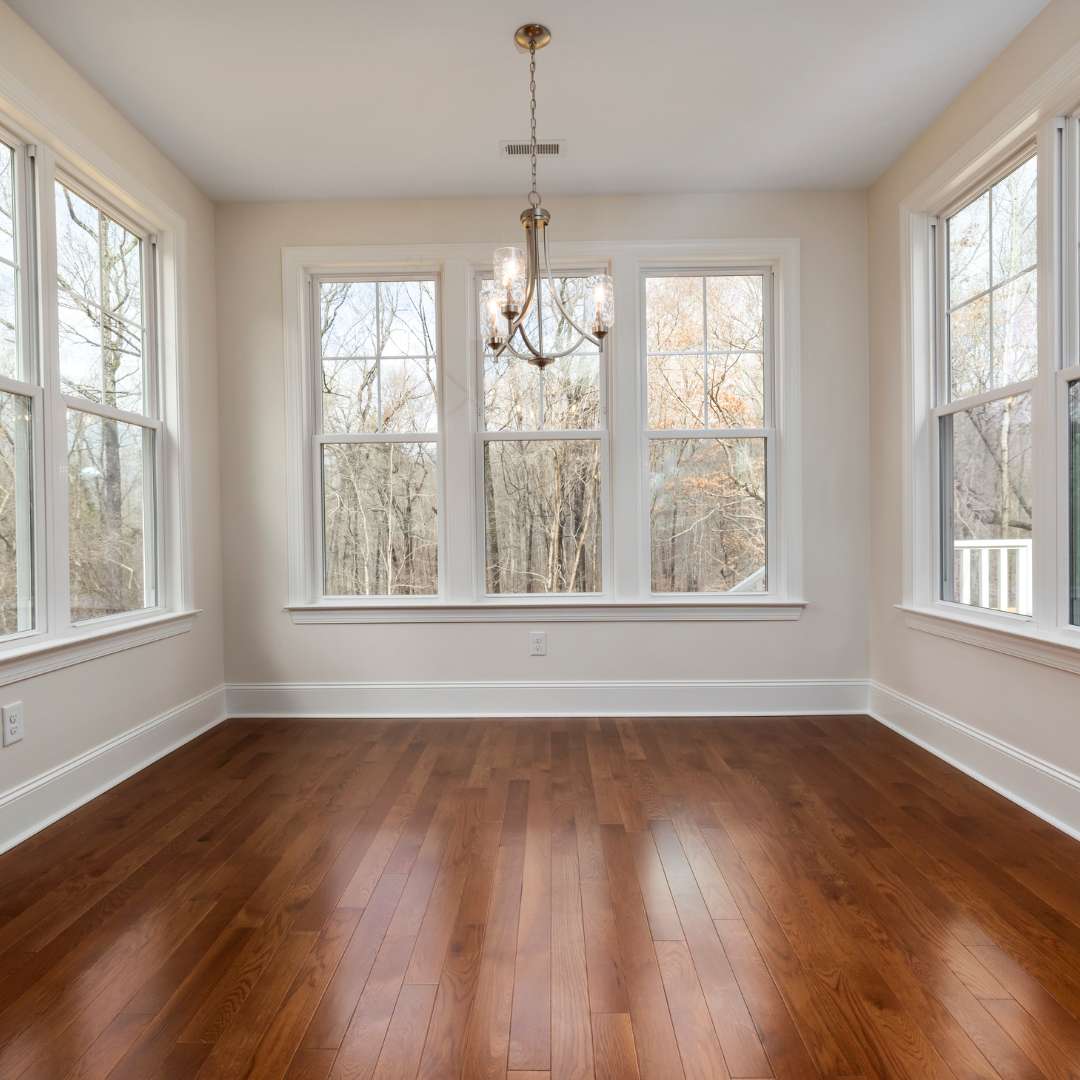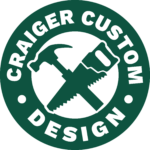Custom Interior Trim
What is Interior Trim?
Custom interior trim refers to the decorative molding and millwork installed on the interior of a building. This type of trim is customized to fit the style and design of the building, adding a personalized touch to the space. Custom interior trim can be made from a variety of materials, including wood, plaster, and polyurethane, and can be designed to match the architectural style of the building or to create a specific aesthetic. It is often used to enhance the appearance of walls, ceilings, doors, and windows, and can be used to create a variety of decorative effects, such as framing artwork or creating a focal point in a room. Custom interior trim is an excellent way to add value and beauty to a space, while also expressing the individuality and creativity of the owner.
Interior Trim Design & Installation
Interior trim design and installation is a specialized service that involves the creation and installation of decorative molding, millwork, and other finishing touches that add character and style to a building’s interior. Interior trim design requires a thorough understanding of architectural styles, as well as an eye for detail and aesthetics. Skilled craftsmen can create custom interior trim designs that complement the architectural features of a space, while also incorporating the owner’s personal style and preferences. Installation of interior trim can be a time-consuming and precise process, requiring careful measurements and the use of specialized tools and techniques. Proper installation is essential to ensure that the trim is secure and looks its best. With the right design and installation, interior trim can transform a space from ordinary to extraordinary, adding value and creating a lasting impression.


Interior Trim Maintenance
Maintaining interior trim is an important part of keeping a building’s interior looking its best. Over time, interior trim can become dirty, worn, or damaged, detracting from the overall appearance of a space. Regular maintenance can help to prevent this by keeping the trim clean, well-maintained, and in good repair. Simple cleaning methods such as dusting and wiping down the trim with a damp cloth can help to remove dirt and grime. For more stubborn stains, a gentle cleaning solution and a soft-bristled brush may be necessary. It’s also important to inspect the trim periodically for signs of wear or damage, such as cracks, chips, or peeling paint. Any damage should be repaired promptly to prevent further deterioration. With proper maintenance, interior trim can continue to enhance the beauty and value of a space for many years to come.
Ratings
We are a member of the Better Business Bureau and have an A+ Rating!
Experience
We have 30+ years of experience building custom structures and additions!
Detailed
We take a hands-on approach to every job. We work tirelessly to bring the vision you have for your home into reality.
Frequently Asked Questions About Interior Trim
Questions & Answers from Your Interior Trim Experts!
Interior trim refers to the decorative molding and millwork installed on the interior of a building. Its purpose is to enhance the appearance of walls, ceilings, doors, and windows, creating a personalized and finished look for a space.
The most common materials used for interior trim include wood, plaster, polyurethane, and MDF (medium-density fiberboard). The choice of material often depends on factors such as budget, durability, and desired aesthetics.
When choosing an interior trim design, factors such as architectural style, personal style and preferences, and the desired overall aesthetic of the space should be taken into account. It’s also important to consider the materials used and the level of maintenance required.
Installation of interior trim can be a time-consuming and precise process. It typically involves measuring and cutting the trim to fit the space, attaching it to the walls or ceilings, and securing it in place with nails or adhesive.



